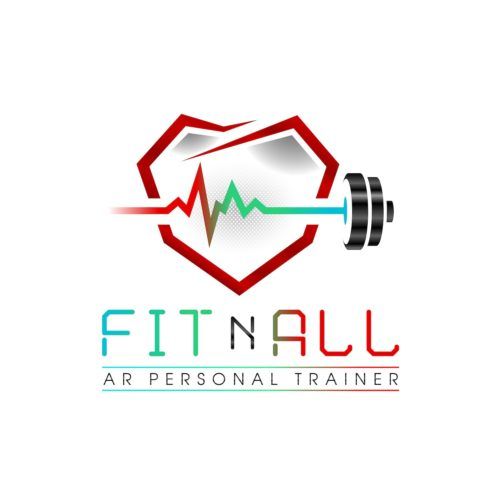There are many ways to injure yourself during your workout routine—whether you’re new or a veteran of fitness—but for many beginners still exploring their limits, simple ignorance may be your greatest enemy. You needn’t figure out what’s safe and what’s not through trial and error, however. Allow us to tell you some of the common ways to injure yourself while exercising.
Neglecting Hydration
One of the most common ways to injure yourself while exercising without even realizing it is by becoming dehydrated. Even if you’re trying to drink plenty of water, you can’t rely on feelings of thirst alone. You should be sipping water every 10–20 minutes during your workout and drinking water at least 30 minutes before and after your session. Fluids should be ingested at rates that match your sweating rate. This routine will keep your muscles well-fueled by making it easier to carry oxygen to them. Neglecting to hydrate could result in your muscles seizing up or cramping.
Skipping the Warm-Up
When you get to the gym, you may be eager to get right into your workout routine, but it’s vital that you perform a warm-up before you start pushing your body to its limits. By taking the time to stretch and perform some light exercises, you increase the blood flow throughout your body and the elasticity of your muscles so that you can perform more challenging exercises with greater ease and effectiveness. Skipping this step puts such a massive strain on your body that it can leave you feeling sore at best. Warming up prior to an exercise can help reduce the incidence of injury.

Overstretching Your Muscles
Similarly, there’s pushing your muscles to their limit, and then there’s forcing them beyond their limits. Even though warming up is important, if you overstretch your muscles, the only progress you’ll make that day is toward suffering. Disregard the adage, “no pain, no gain,” because pain may be an indication that you’re pushing yourself too far and hurting yourself.
Overtraining
Optimal performance takes place when you balance the stress of training with time for healing. When you provide ample recovery time for your body, you avoid overtraining. Some of the symptoms of overtraining include irritability, emotional instability, impaired performance, restlessness, disturbances in sleep and appetite, weight loss, increased resting heart rate, increased vulnerability to injuries.
Training with Improper Form
If you find yourself in pain after using machines like exercise bikes or rowing machines, it may be because your form is off. Sore is normal after an intense workout, pain is not. Bad form is not only counterproductive, but it may move and twist your body in odd ways that will hurt afterward. Use these machines in front of a mirror to monitor your form and adjust as necessary. It’s always wise to get a coach so you can learn proper form, avoid injuries, and get better results.
Avoid injuries by incorporating some of the suggestions delineated above. When you hydrate yourself, warm up, avoid overstretching and overtraining, and workout with proper form, you keep your body healthy and achieve your fitness goals.



